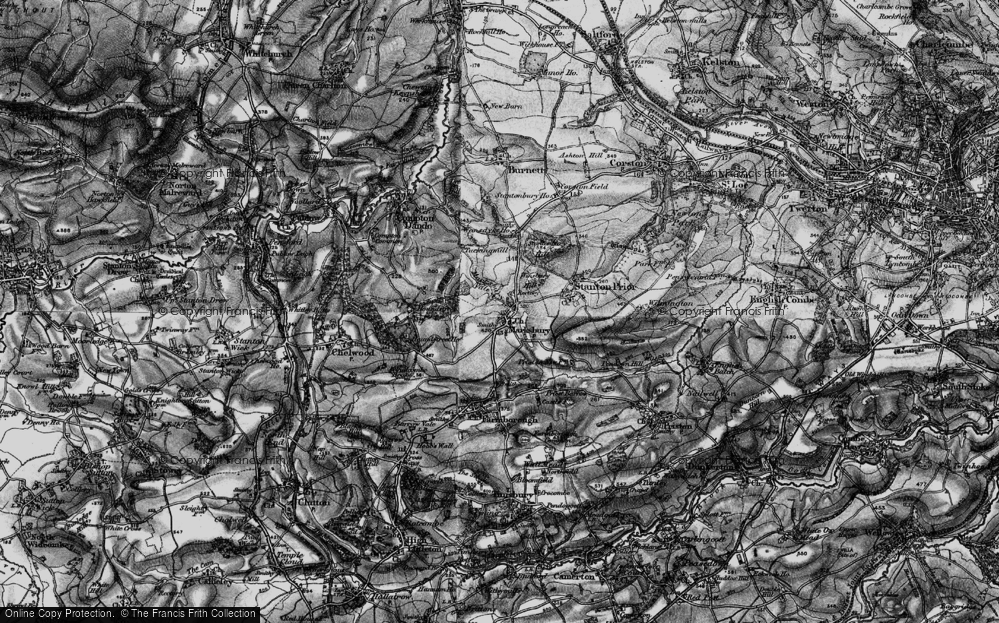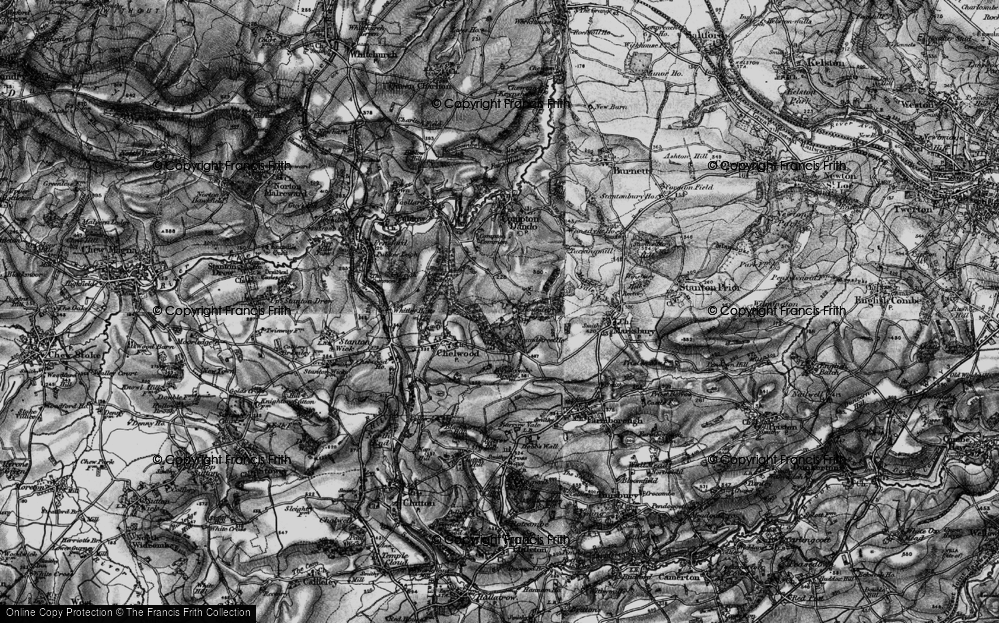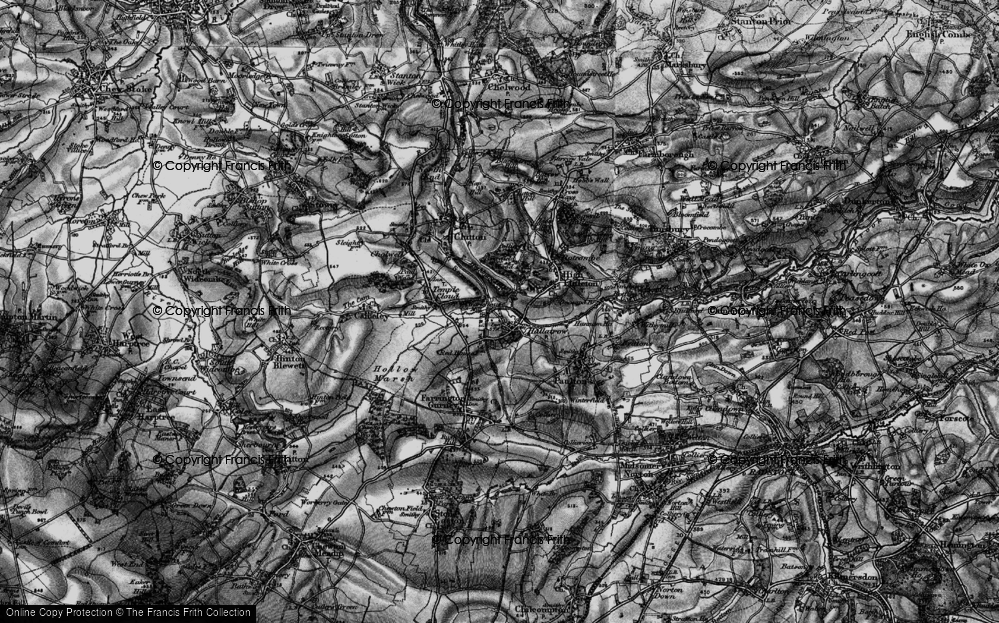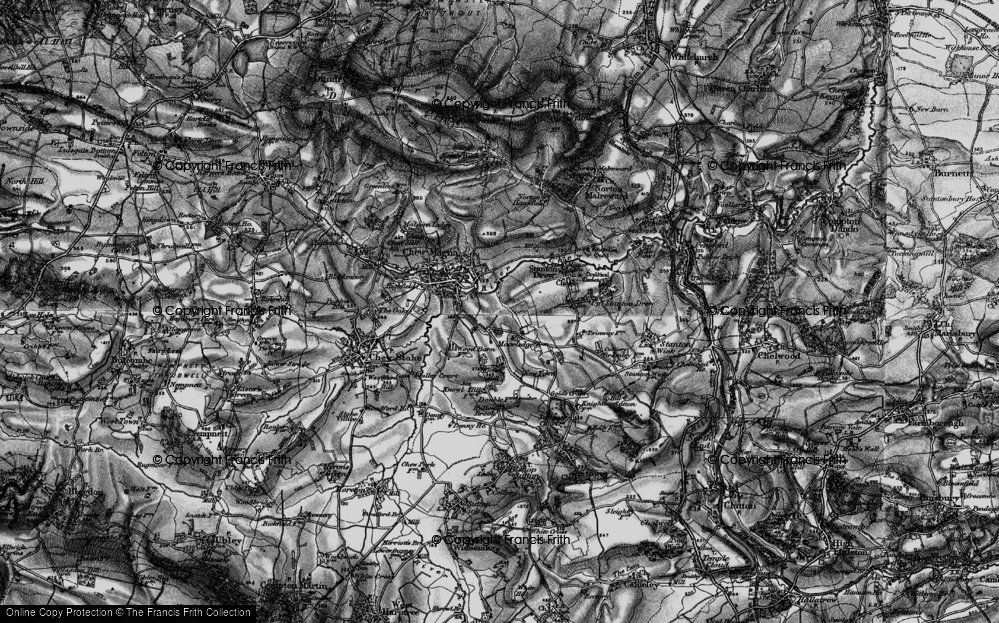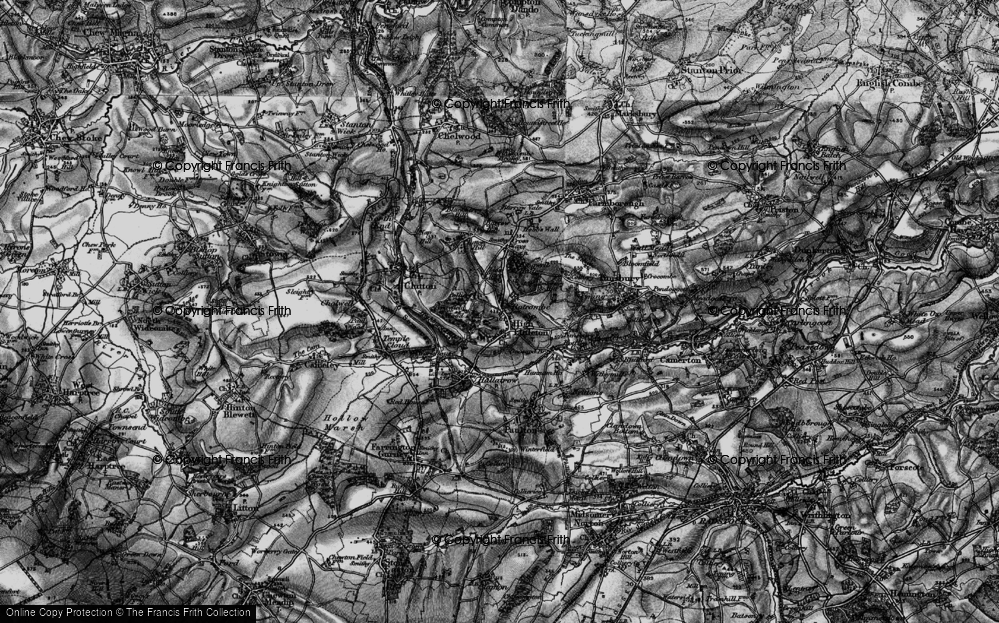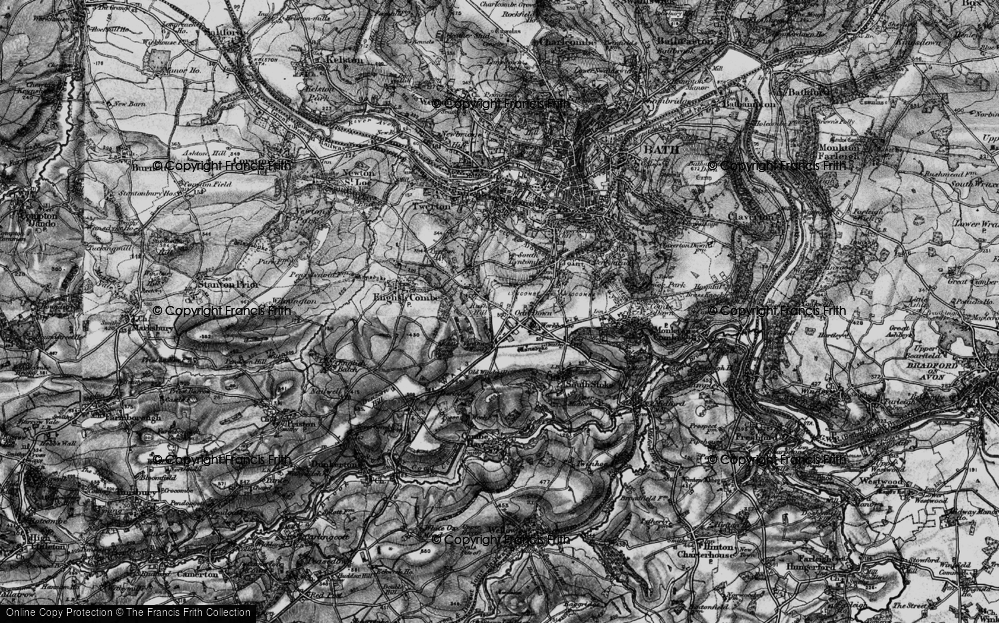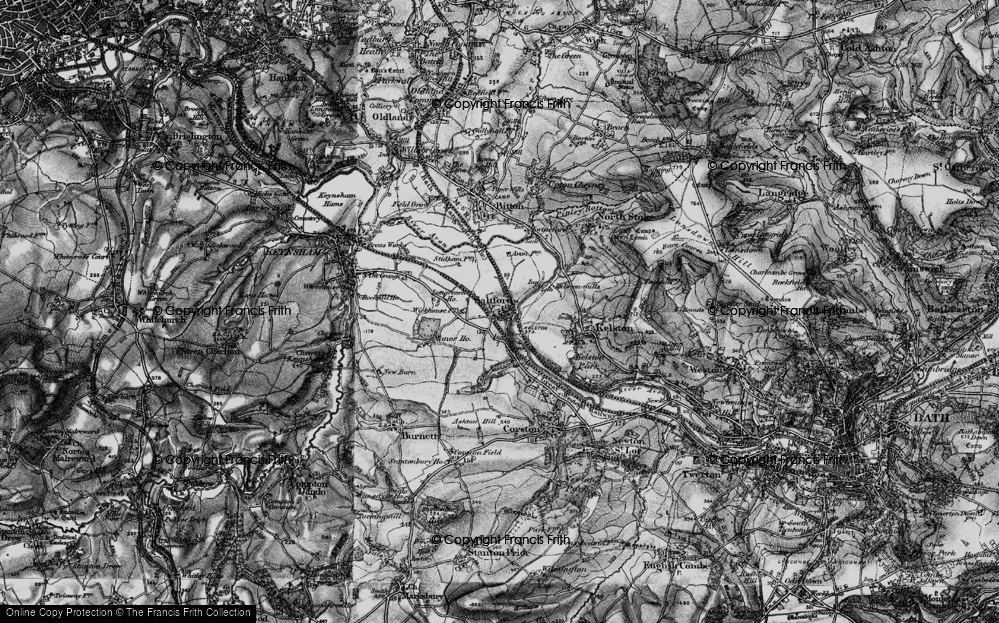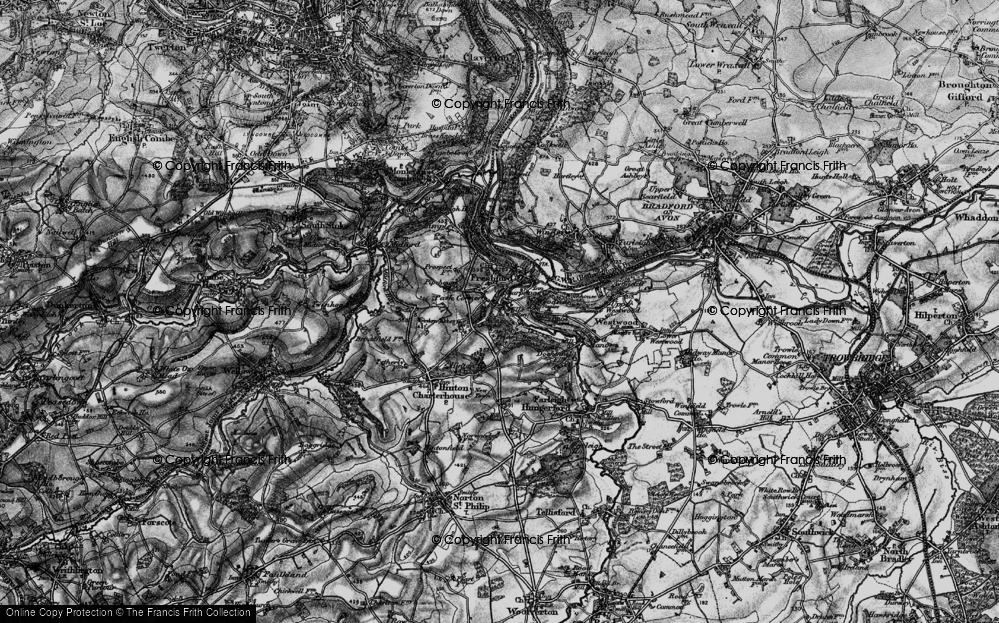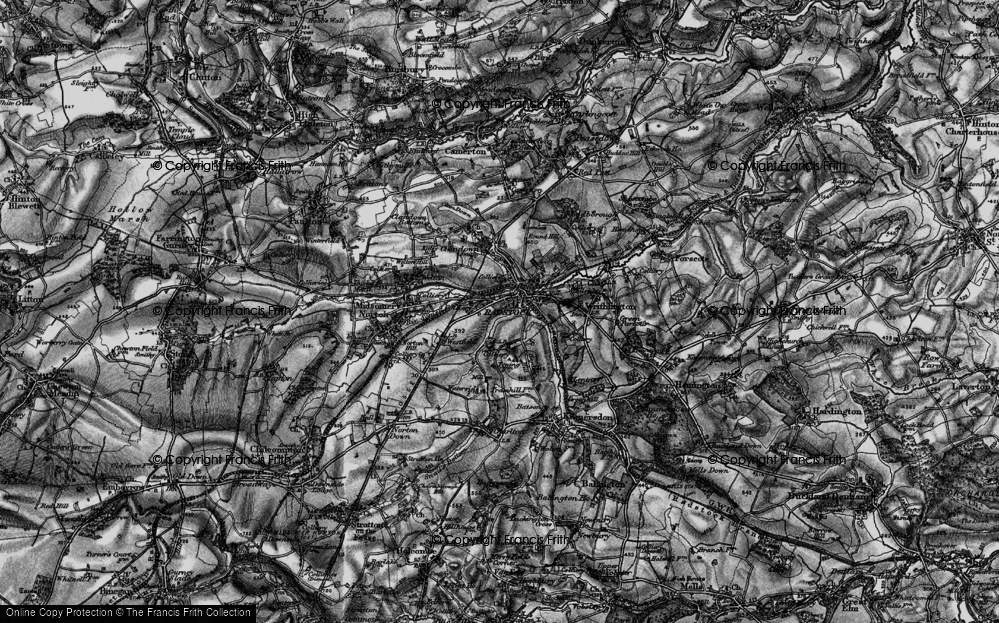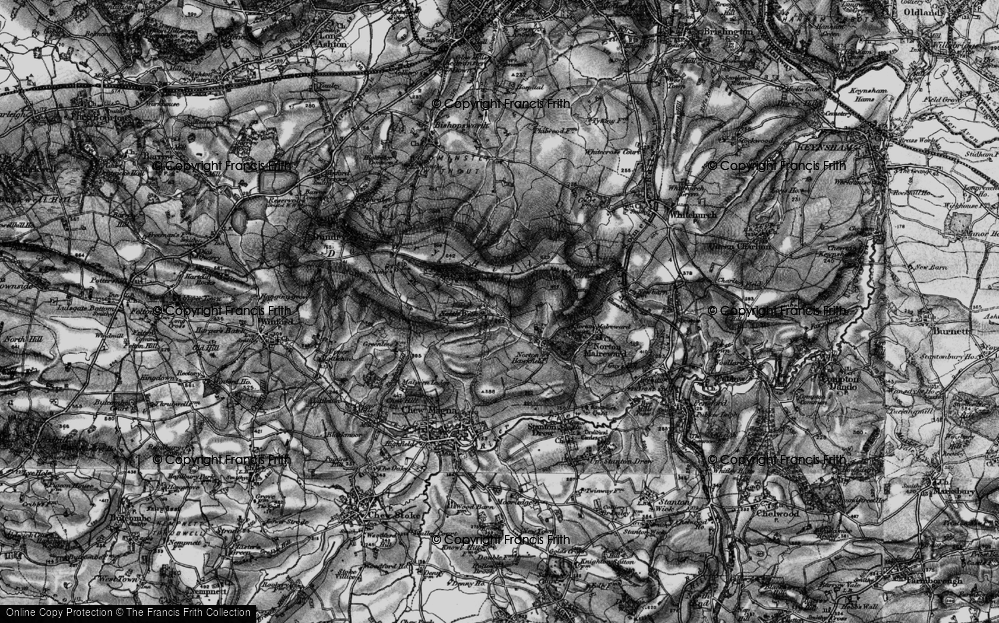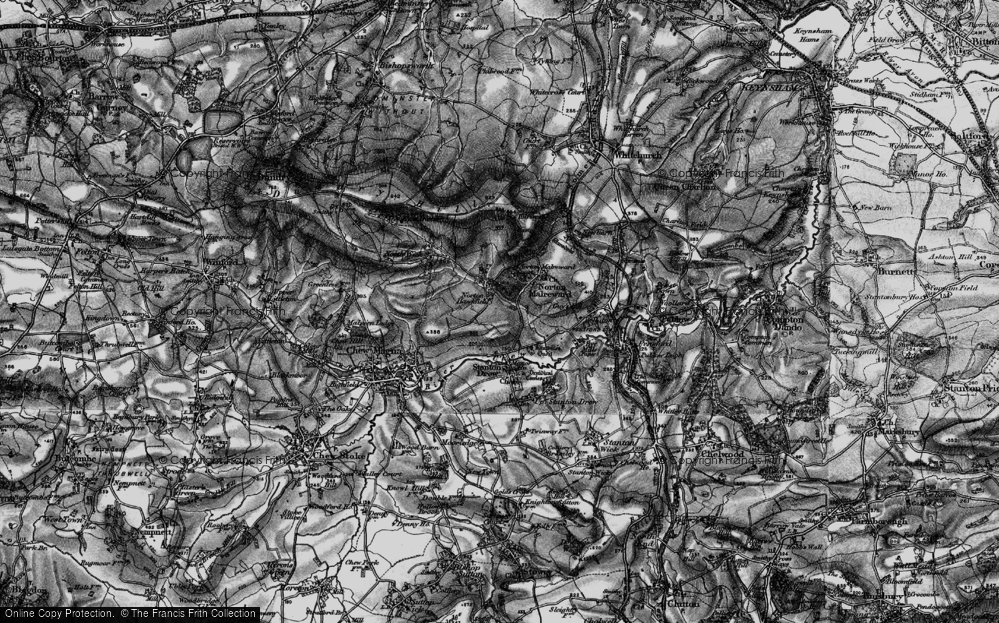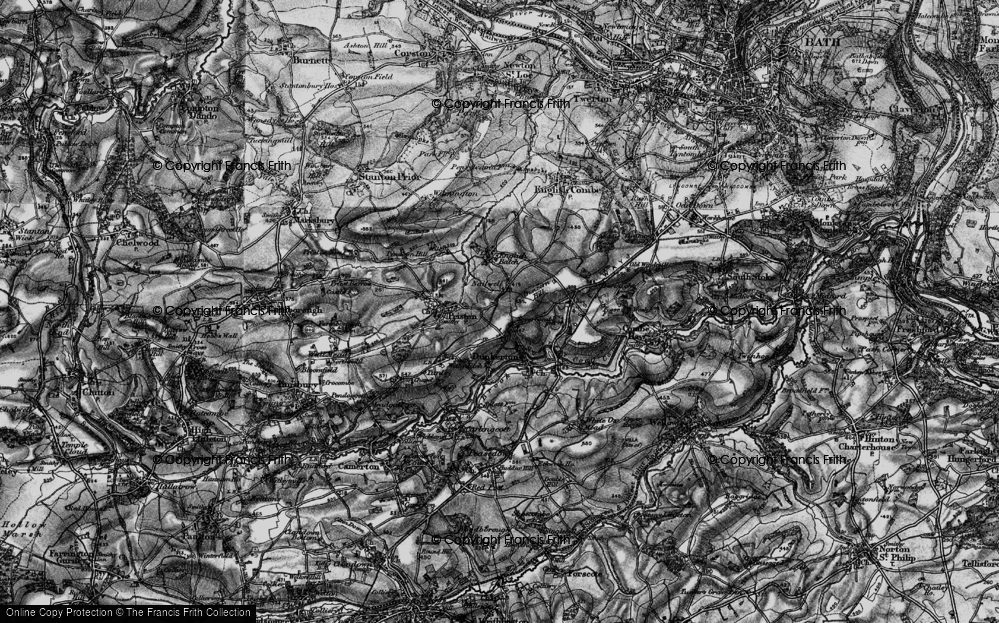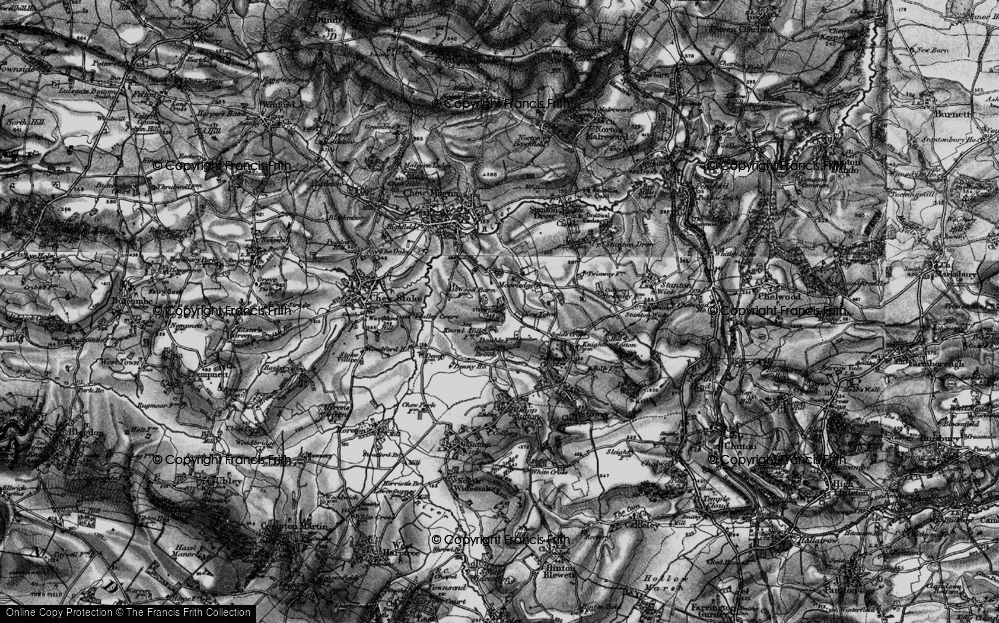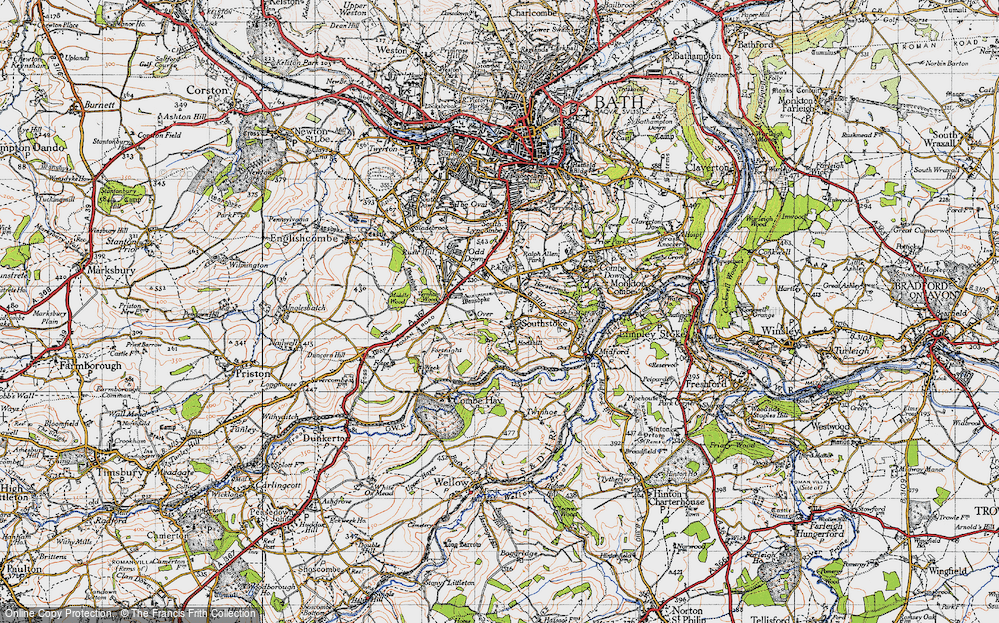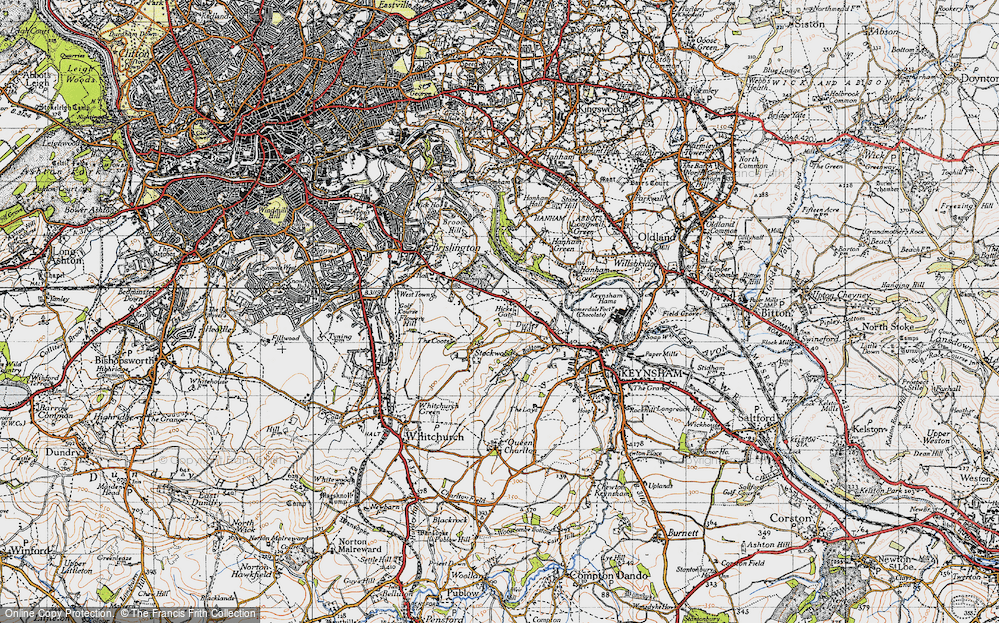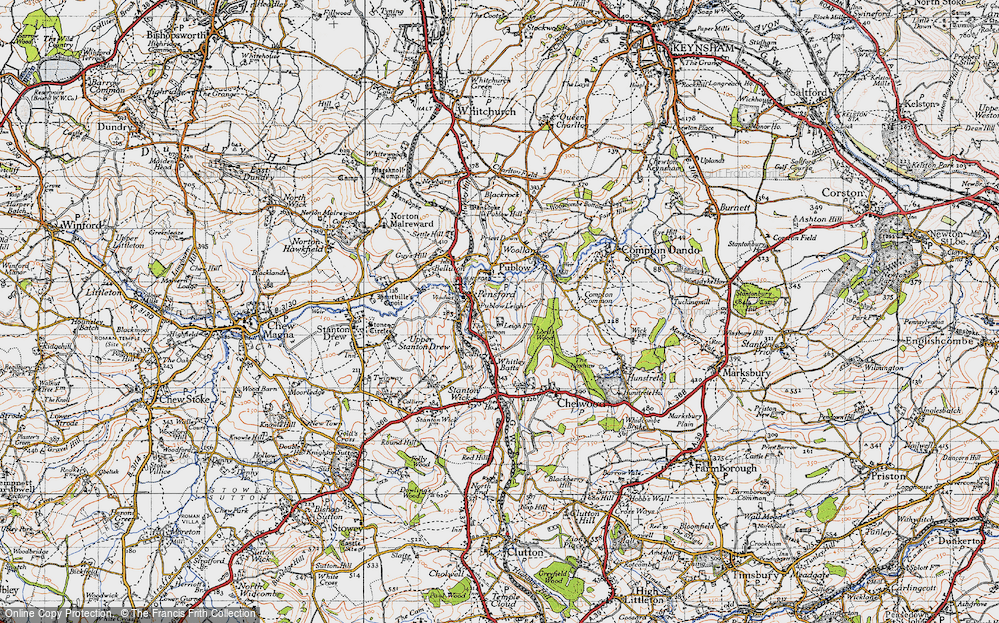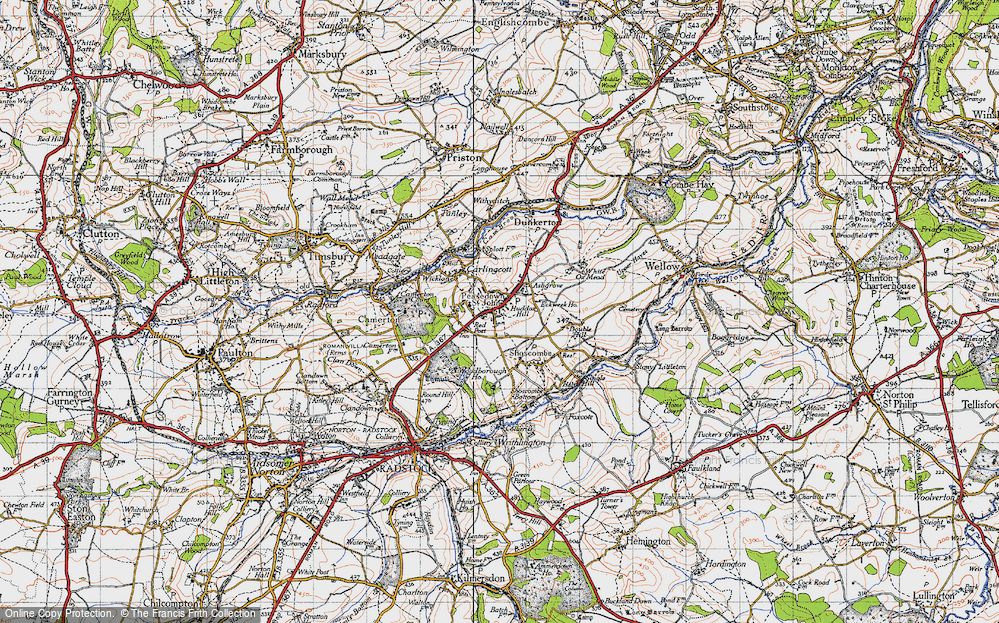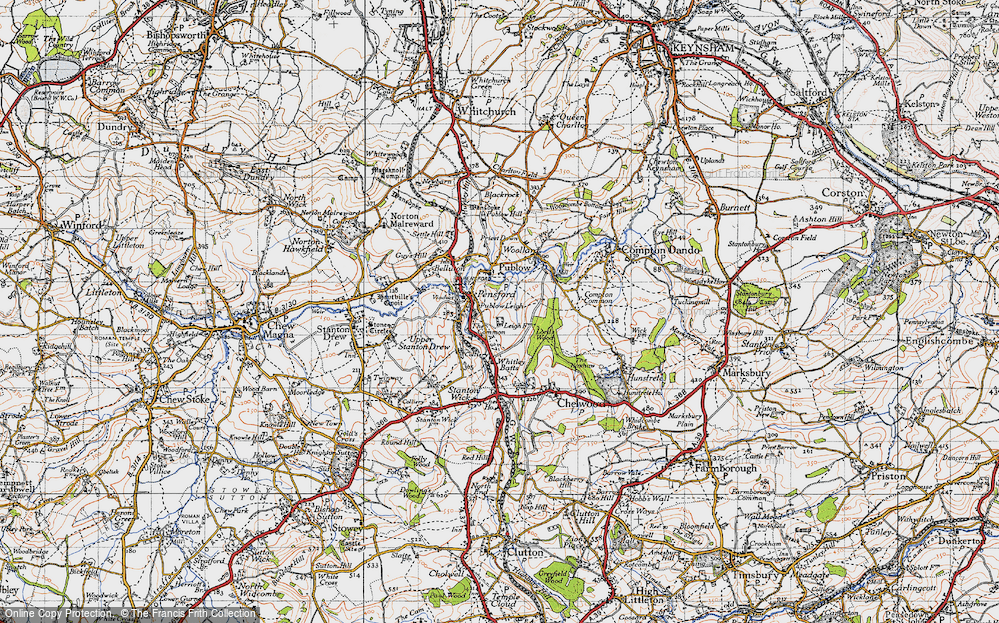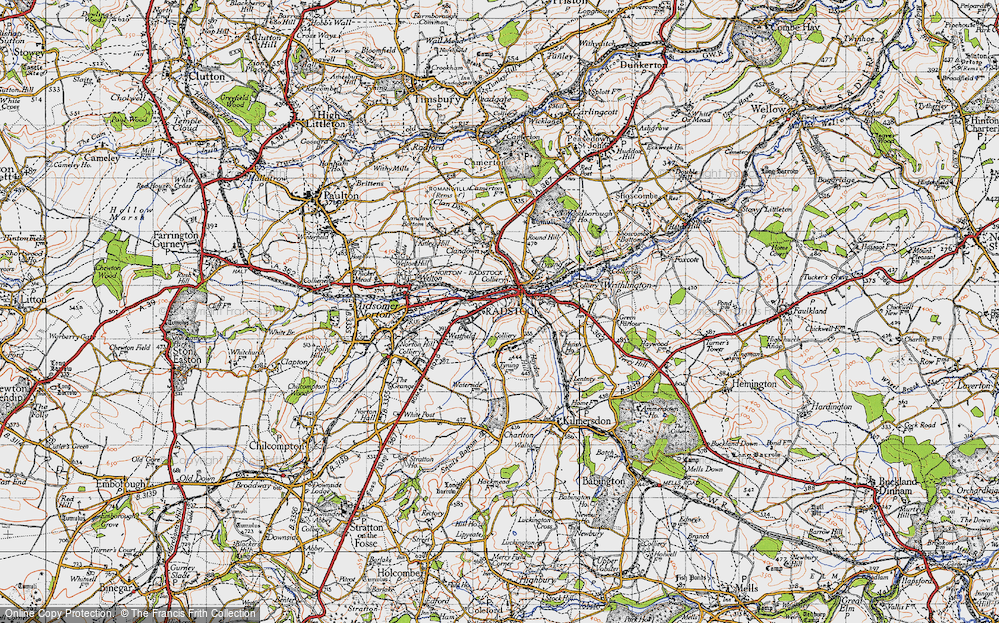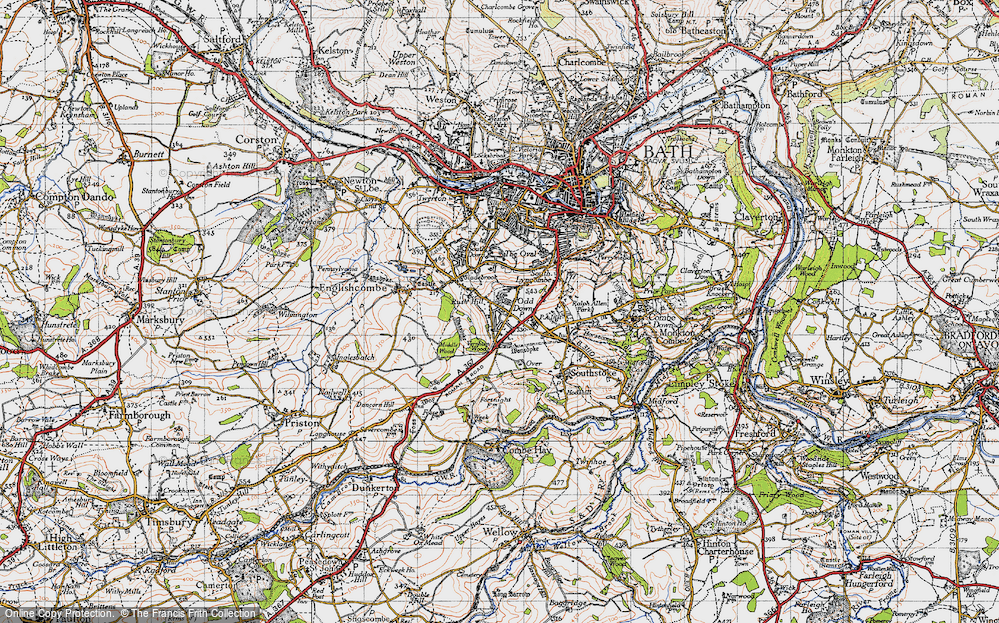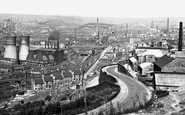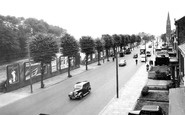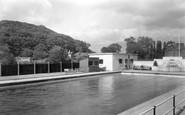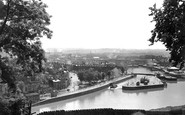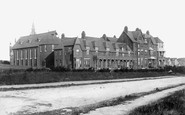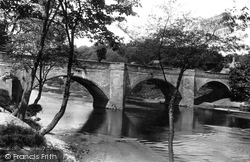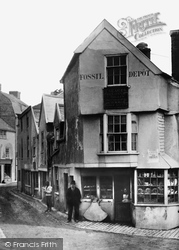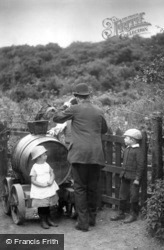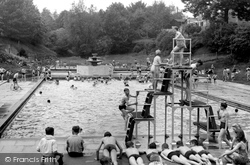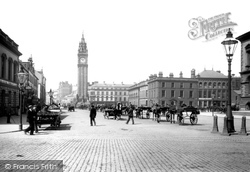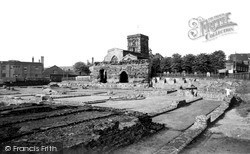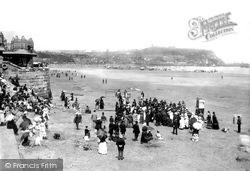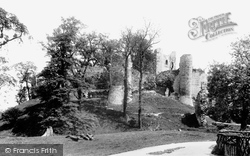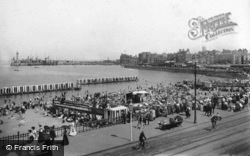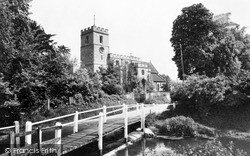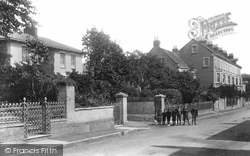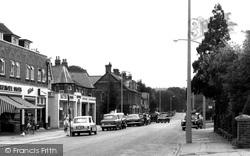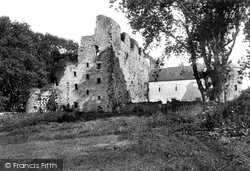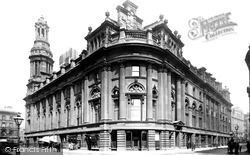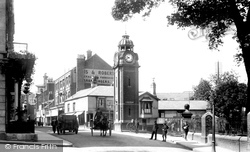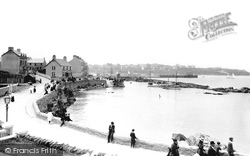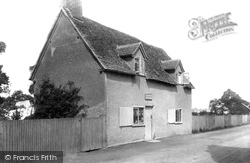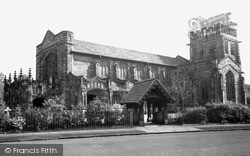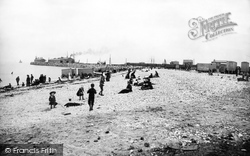Places
Sorry, no places were found that related to your search.
Photos
Sorry, no photos were found that related to your search.
Maps
1,353 maps found.
Books
3 books found. Showing results 985 to 3.
Memories
2,048 memories found. Showing results 411 to 420.
Coming Into Halifax Via North Bridge
As a child we used to return in the car down the hill towards North Bridge and the game was to be the first to spot Wainhouse Tower amongst all the other mill chimneys there were at that time (late 50s/early ...Read more
A memory of Halifax by
Commercial Hotel, Castle Street
We moved here in November 1949 - Mother was horrified, I thought it the most wonderful, exciting place to be. The corner room upstairs was used by the previous tenants for pigeons, racing I think. A good ...Read more
A memory of Kingston upon Hull in 1949
Completely Changed!!
My father took my mother and I on holiday to Woolacombe every year in the 1950's. At that time, in the height of the Summer months we would be the only family on the main beach (as well as the Barracane Beach where we ...Read more
A memory of Woolacombe in 1950 by
Congleton Baths
Congleton Open Air Baths during the 50/60s. It had the entrance of a theatre, 2 steps up with an overhanging portico and glass doors that opened up to a foyer. It was well painted in the colours of the day, council green and ...Read more
A memory of Congleton in 1960 by
Congleton Baths, Late '50s, '60s.
I too have very fond memories of the open air swimming baths in Congleton in the late fifties and the sixties. I can even remember Alec Coles. Happy days. The water was freezing and it was always best to run and dive ...Read more
A memory of Congleton in 1960 by
Consett In The 1950s
I was a teenager in the 1950s, worked at Consett Iron Company. We were teddy boys, had all the gear, suits, shoes ... Our nights out were Co-op dance Thursday nights. Them that had girlfriends always met them inside. Friday was ...Read more
A memory of Consett in 1950 by
Construction Of Bristol's Floating Harbour
Construction of the floating harbour: In the 18th century, the docks in Liverpool grew larger and so increased competition with Bristol for the tobacco trade. Coastal trade was also important, with the ...Read more
A memory of Bristol by
Continue
A unit of The Army Cadet Force was formed in Farmborough, with headquarters at Bath, about ten or a dozen lads joined. The National Service was then still operating, which us lads expected to be called into, being a cadet would ...Read more
A memory of Farmborough in 1954 by
Convalescence
Hello everyone, I have been wondering all my life where this scary place was, I never knew the name of it, all I knew was it was in Broadstairs Kent, very near the sea. As I remember, we had to go down onto the beach in the ...Read more
A memory of Broadstairs in 1949
Convalescing
I remember being in Heswall Hospital at Christmas and a Nativity scene being in the entrance to the ward. I used to sleep on a wooden 'Nelson' to help drain the mucous from my infected lung, with the bi-fold doors wide open for the ...Read more
A memory of Heswall in 1950 by
Captions
1,059 captions found. Showing results 985 to 1,008.
This sturdy bridge over the River Wharfe, linking Boston Spa with Thorp Arch, was built in 1770. Along the banks to the east is the old Spa Baths, now converted to housing.
The Victorian Fossil Depot was first run by James Dollin. He was followed by Thomas Seager, who may well be the gentleman smoking a pipe (centre left).
For us today, with water spurting from taps in sinks, basins and baths, it is hard to imagine the time and labour that used to be involved in collecting and fetching water.
Outdoor swimming pools were a feature of the concern for health and fitness in the 1930s.
Its quays were once the heart of Belfast the port, and there is no doubt that the remains of Chichester Quay on the right and Hanover Quay on the left will be found below the cobblestones.
St Peter's Church, Nevendon is an ancient church built in the 13th century by a member of the Fitz-Lewis family.
For us today, with water spurting from taps in sinks, basins and baths, it is hard to imagine the time and labour that used to be involved in collecting and fetching water.
The extensive remains of Ratae Coritanorum, the origins of the city, and a Roman regional capital, are not only to be seen exposed on the surface, but extend under surrounding build- ings.
Punch and Judy hold the attention of the formally-dressed crowd of holidaymakers in the South Bay.
Its official name is the Church of St Thomas and St Luke, but everyone in Dudley knows it as 'top church.'
This great fortress was built by Hamelin Plantagenet, half-brother of Henry II.
Benjamin Beale, a local glovemaker and a Quaker, invented the bathing machine in 1751 to conserve ladies' modesty while they took a dip in the briny.
The River Beane runs close to the church, and is liable to heavy flooding.
Street names intially included 'Reform Place 1835' to commemorate electoral changes after the Boundary Commission had reported: 'The chief trade arises from the manufacture of hemp and flax, and Allington
One is outside the Stepping Stones pub. The main road, which includes The Broadway, which we see here, was built in 1765. Baxter's is now Bath Travel. The railway bridge is at the far end.
At Christmas 1557, Oxwich would be the scene of an incident that would result in litigation before the Court of the Star Chamber. Sir Rhys was distantly related to Sir George Herbert (?
This building is the third Exchange to be built in this area. The first was in the Market Place, near St Anne's Square, built in 1729 at the expense of Sir Oswald Mosley, Lord of the Manor.
This building is the third Exchange to be built in this area. The first was in the Market Place, near St Ann's Square, built in 1729 at the expense of Sir Oswald Mosley, Lord of the Manor.
Looking across the Menai Straits to Anglesey, the city of Bangor is the largest town in the north-west corner of Wales, the former principality of Gwynedd, and home to an ancient diocese and the University
Benjamin Beale, a local glovemaker and a Quaker, invented the bathing machine in 1751 to conserve ladies' modesty while they took a dip in the briny.
Brighton made the seaside fashionable for the upper crust, and its wider popularity was settled when the railway made the connection in 1841.
The village in which John Bunyan once lived has almost become a place of pilgrimage.
William Lever, later Lord Leverhulme, added every amenity he could think of to the village. A club-house, library, hospital, youth club, gymnasium and swimming baths, all were included.
'The sands', says the Frith title, but as you can see, central Morecambe has always had a pebble beach, especially at high tide.
Places (0)
Photos (0)
Memories (2048)
Books (3)
Maps (1353)


